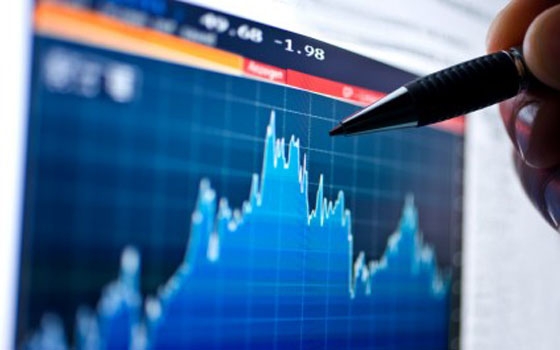Saudi Arabia's real GDP growth is expected to rise by 3% in real terms, driven by the vibrant nonoil sector that will offset the decline in oil production. Growth in the nonoil sector will remain above the 7 percent threshold in 2013, according to a report by the National Commercial bank (NCB).
The Kingdom's real nonoil GDP in 2012 grew by around 7.2 percent, which is higher than the 10-year average of 4.7 percent, largely driven by the stellar performance of the nonoil private sector. The main drivers of private sector growth were the construction, manufacturing, and the retail sectors, which posted 10.3 percent, 8.3 percent and 8.3 percent annual growth, respectively.
This vibrancy of the private sector emanated from the royal decrees, the enhanced business confidence, and the improved financing environment. Strengthening of domestic demand is reflected in a rise in private-sector credit and the double-digit growth in merchandise imports. Evidently, the growth in manufacturing and construction benefited from the pickup in credit, receiving SR 14.5 billion and SR 5.6 billion, respectively, in incremental loans and advances from banks in 2012, which represents an annual increase of 13 percent and 8 percent.
Construction and manufacturing will remain the key beneficiaries in 2013, growing at 10.5 percent and 8.5 percent, respectively. The bank said projections for the two sectors are supported by buoyant activity in the projects' market and strong business confidence.
During 2012, the NCB report said value of awarded construction contracts remained above the SR 200 billion threshold, registering SR 235 billion, albeit falling short from the historical record of SR 270 billion in 2011.
The awarded contracts in the manufacturing sector reached SR 17.8 billion in 2012, the fourth largest share across all sectors, surpassed only by the oil, transportation and power sectors.
Additionally, foreign direct investment inflows are expected to have crossed the $ 20 billion mark in 2012.
Implementing broad-based structural reforms over recent years has largely improved the Kingdom's business environment and its attractiveness for foreign capital inflows.
The bank said FDI will continue to be one of the driving forces behind higher investment spending in the Kingdom, with the share of FDI in gross fixed capital formation (GFCF) registering 14.9 percent in 2011, significantly higher than the 1.5 percent average rate posted during the period 1995-2004. Based on the vibrancy witnessed in the projects' market and the near record construction contracts rewarded in 2012, FDI inflows are expected to edge higher in 2012 and 2013 to around $ 20 billion and $ 25 billion, respectively.
The aforementioned business cycle will likely remain in place on the back of this year's government budget allocation for capital expenditure that will total SR 285 billion as well as the continued spillover effects from the permanent fiscal measures that were triggered by the royal decrees.
The unemployment assistance program known as "Hafiz" that started in December 2011 have supported private consumption, with around 2 million Saudis having received SR 30 billion by the end of January 2013.
Additionally, the increase by more than SR 10 billion in the government's wage bill as a result of providing regular civil service jobs for temporary public sector workers will continue to act as a catalyst via the multiplier effect.
The bank said government's adamancy in pursuing diversification have to be matched by strong supervisory structure that ensures execution within strict timeframes given the enormity of the projects whether in size or number.
Arab News
25 March
























































